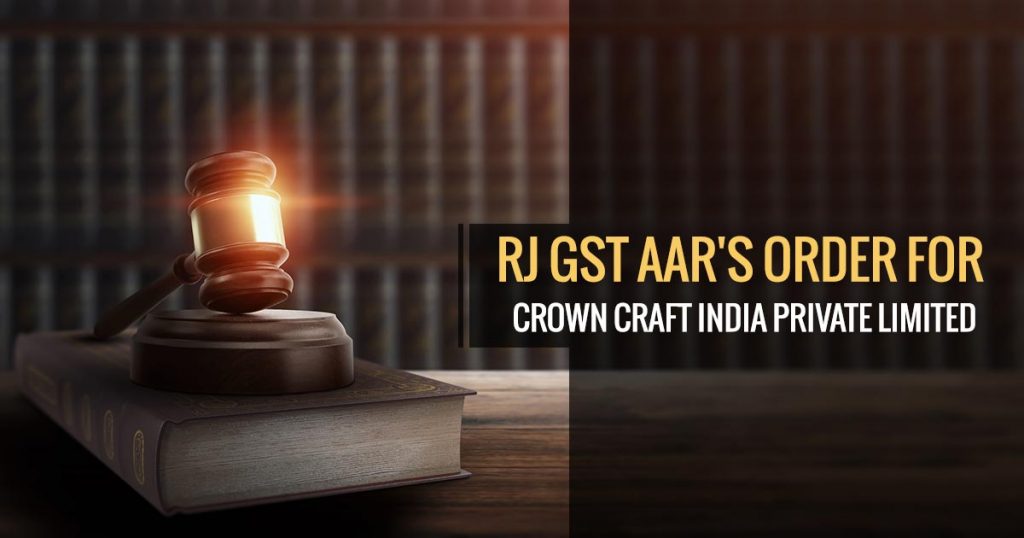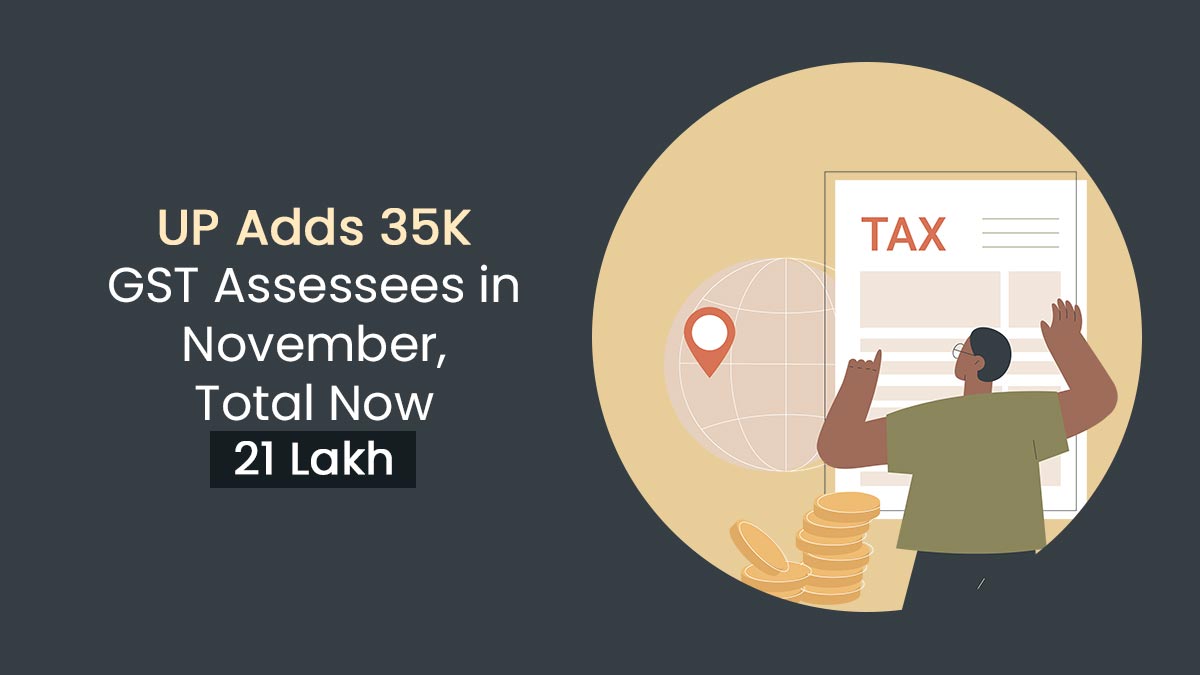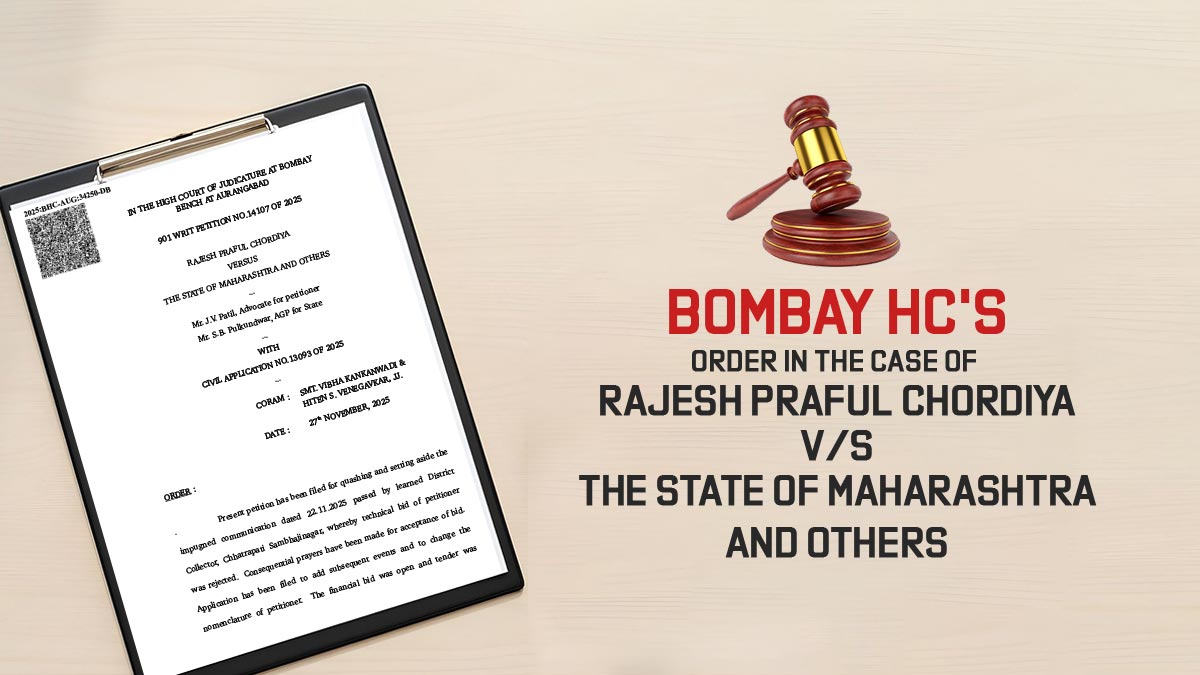
The Rajasthan Bench of Authority of Advance Ruling, secured with Vikas Kumar Jeph and M.S. Kavia held that GST would not be subjected to pay on the goods movement between the two units working beneath the identical GSTIN.
The petitioner performs the business of manufacturing Thermocol, PET Bottles, Tableware, Kitchenware & Tiffin, Toilet ware, Plastic Casseroles, Steel Household, Plastic Chairs, and Flasks.
The petitioner claims the ITC on the capital goods, inputs, and the input services used to make the final product under the provisions of the CGST act 2017.
The petitioner has its manufacturing unit in Jaipur. In the current times, the petitioner carried out all the functions concerning the receipt of the inputs, capital goods, input services, final goods manufacture, and the dispatch of the final goods via their enrolled premises.
The petitioner is planning to expand the business operations of the firms by raising the capacity to make the finished goods.
Hence the space enrolled premises is restricted, they are planning to build the new unit within the Jaipur district (within Rajasthan).
The new unit shall produce the identical goods to those built in their present enrolled premises. The new unit will produce the identical goods to those made in their present enrolled premises.
This unit shall indeed be used to produce the semi-finished goods, that will be sent to the first unit to file prior to it getting sold to the customers.
The petitioner seeks an Advance ruling on the problem of whether GST is subjected to be paid on the movement of the goods between various units beneath the identical GSTN.
Yet another problem has arrived towards the value of GST e-way bills for the goods transferred from one unit to the other.
AAR sees that since it is the identical GSTIN of both the units (present and the new unit), there would be no constitution of “supply” towards the movement of raw materials, semi-finished, finished, or capital goods between these two units within the state.
Hence no GST liability shall come for the movement between the two units working beneath the identical GSTIN.
AAR mentioned that towards the transfer of the goods between the two units, they will need to choose the value of the goods as mentioned in Explanation 2 to Sub Rule (1) of Rule 138 of the CGST Rules, 2017.
Rule 138 of the Central Goods and Services Tax (CGST) Rules, 2017 directed information to get filed before the start of movement of goods and the GST e-way bill generation.
According to Explanation 2 to Sub Rule (1) of Rule 138 of the CGST Rules, 2017, the consignment value of goods would be the value, revealed as per the provisions of Section 15, announced in an invoice, a bill of supply, or a delivery issues.
AAR sees that since the petitioner will need a single GST number for both the units, according to section 16(1) of the CGST Act, 2017, there is only one ledger for the Input tax credit.
Hence they can use the ITC for the goods or raw material, capital goods obtained in one factory for the GST paid for the clearance made from another unit, or vice versa.









